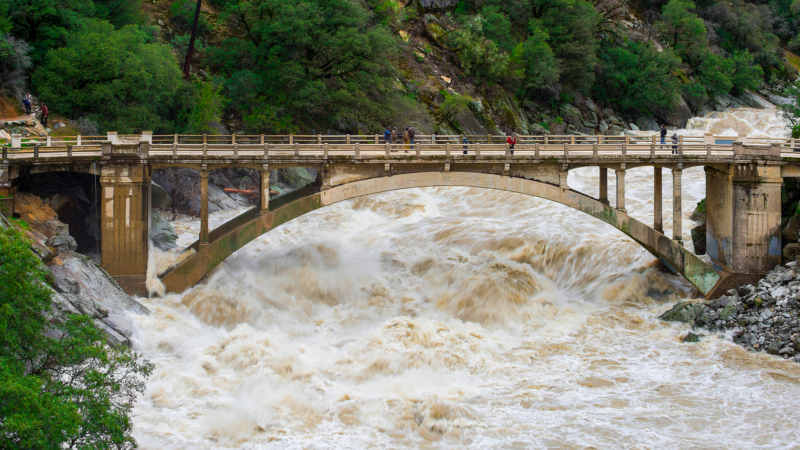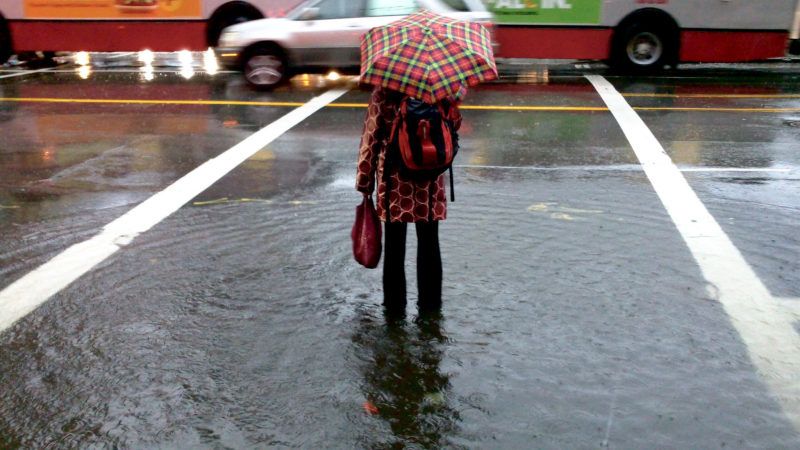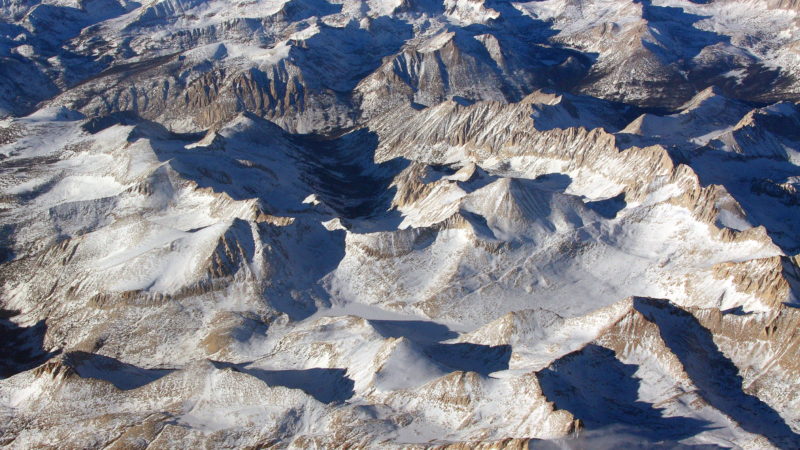
Xingying Huang
Postdoctoral Scholar
Center for Climate Science
7343 Math Sciences Building
Los Angeles, CA 90095
Campus Mailcode:
Box 951565
After graduating from the University of California, Davis, advised by Prof. Paul Ullrich, I joined Prof. Alex Hall’s research team as a postdoctoral researcher in January 2017.
My doctoral research mainly focused on regional climate and modeling over California, and precipitation projections over the western U.S. under climate change. Specifically, I highlighted the value of the Community Earth System Model (CESM) with variable-resolution enabled in regional climate studies (Huang et al., 2016, Huang and Ullrich, 2016). Using this model, I have also quantified the impacts of human-induced climate change on both mean climatology and extreme precipitation events (Huang and Ullrich, 2017). My academic background also includes geographic information systems and remote sensing.
My current interests include impacts and attribution of human-induced climate change and climate modeling, especially at regional scales, such as the anthropogenic warming impacts on extreme precipitation events. Increasingly, efforts are being made to understand climate change impacts at regional scales so that stakeholders and policymakers can formulate effective adaptation and mitigation strategies. I am particularly motivated to improve our understanding of complex regional climates and the impacts of future changes in extreme climate events, with potential interdisciplinary collaborations.
Recently, my research focuses on the anthropogenic warming impacts on California snowpack and flood events over the Sierra Nevada under both normal and extreme wet years (in the case of the recent period 2015–2017). The results from this work will help diagnose the impacts of climate change on the water resources and allow water mangers to identify possible strategies to manage extreme conditions. On the other hand, due to the complex terrain over the Sierra Nevada, the Cascades, and other mountainous areas, the orographic precipitation is still not well resolved at fine scales ( less than 10 km) in up-to-date downscaling simulations. I am investigating how to adjust parameters in models’ microphysics schemes to improve their representation of precipitation over complex topography at fine scales.
My research efforts also include the exploration of changes in large-scale water vapor transport patterns, particularly in the form of atmospheric rivers, under the warming climate. This work involves the detection of modulated water vapor influx patterns, the resulting changes in precipitation extremes, and the features of atmospheric rivers at fine scales under different warming scenarios.



